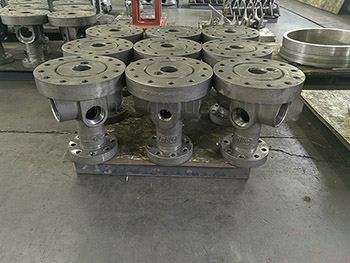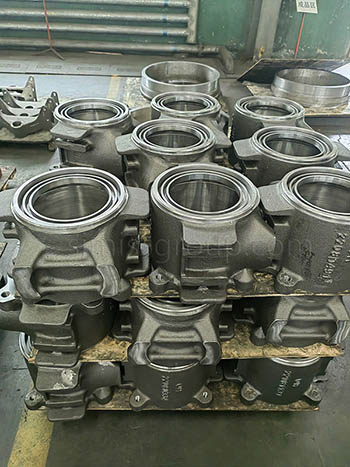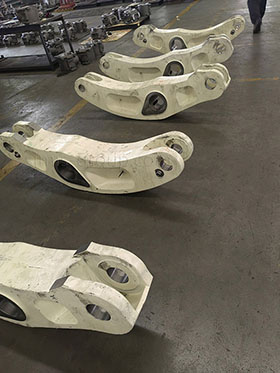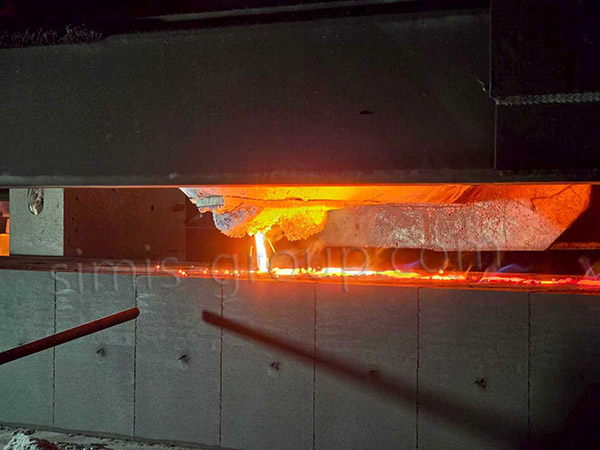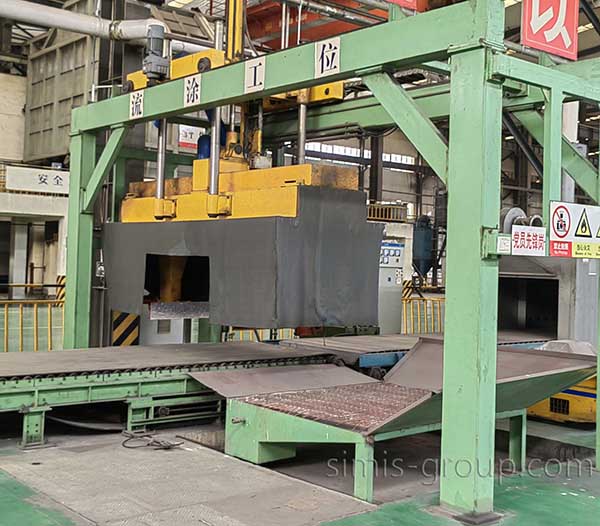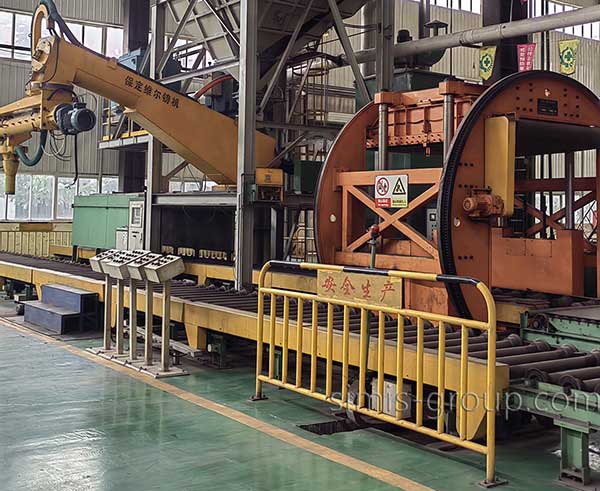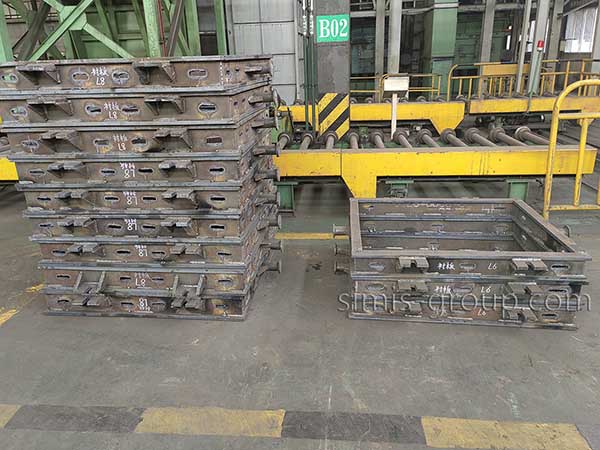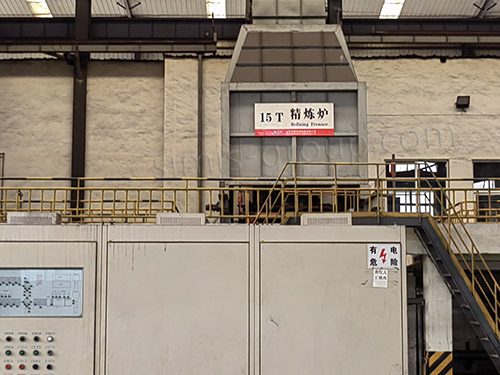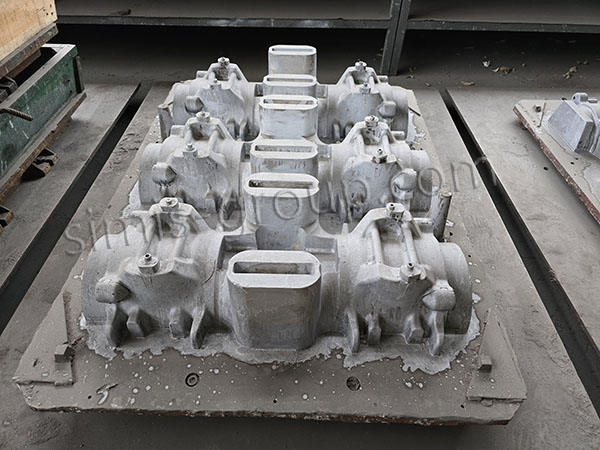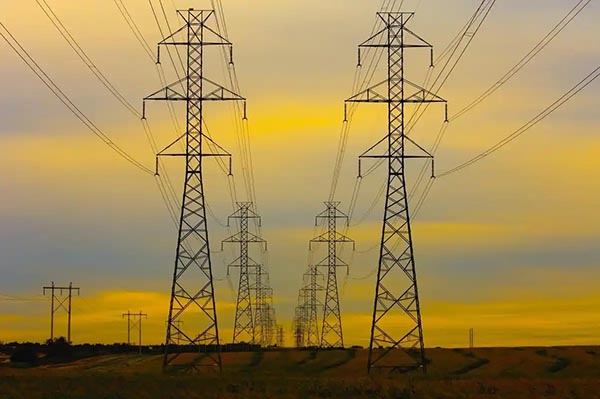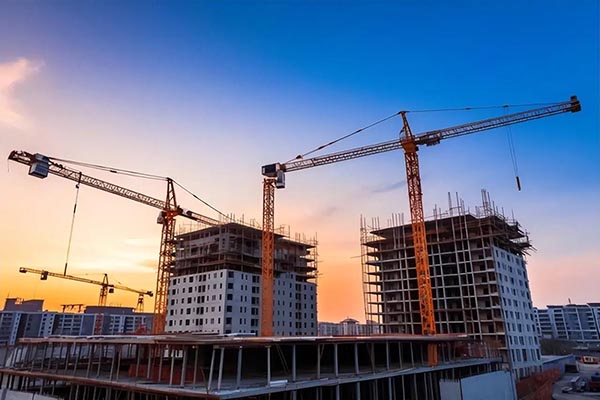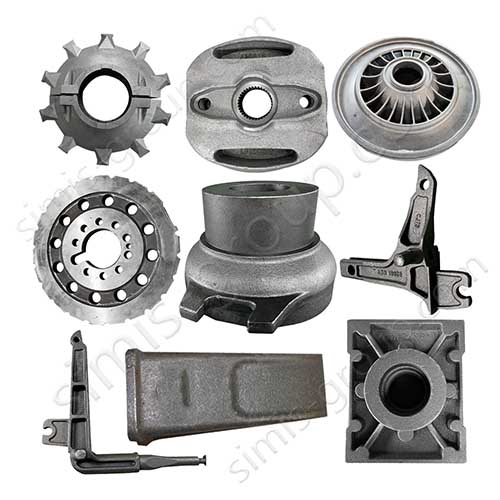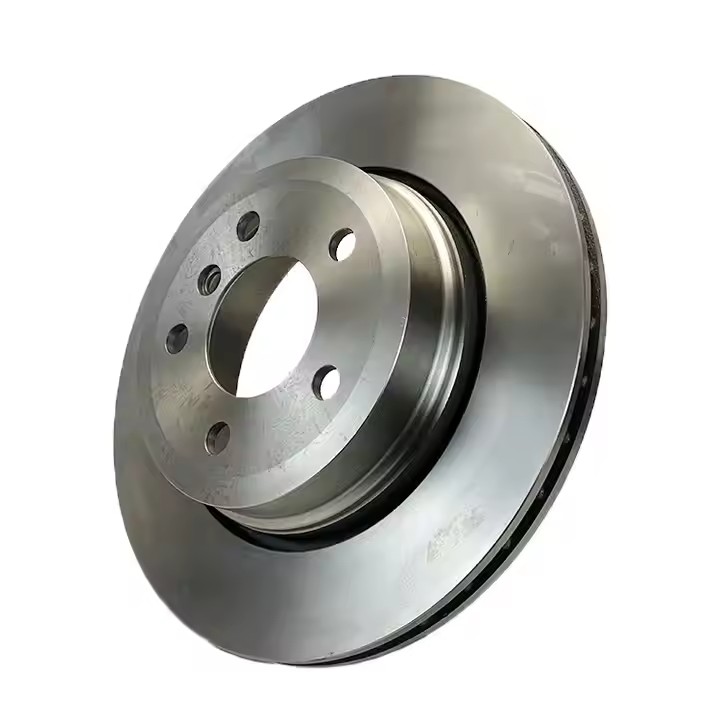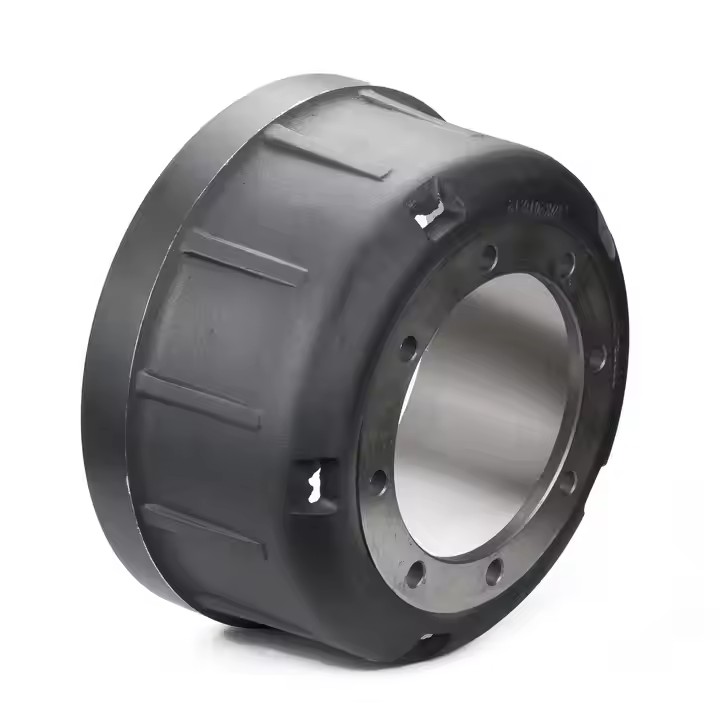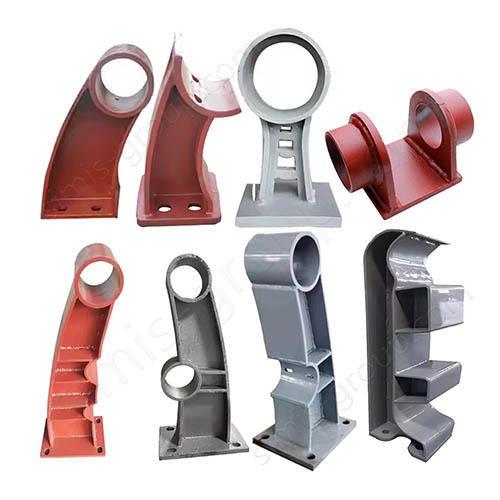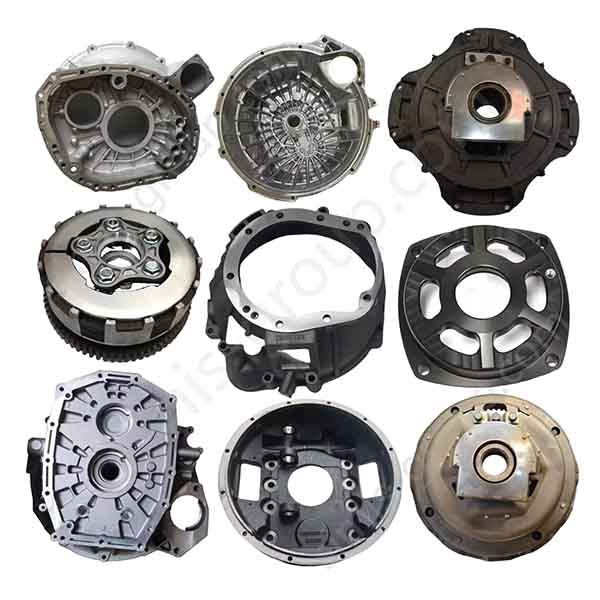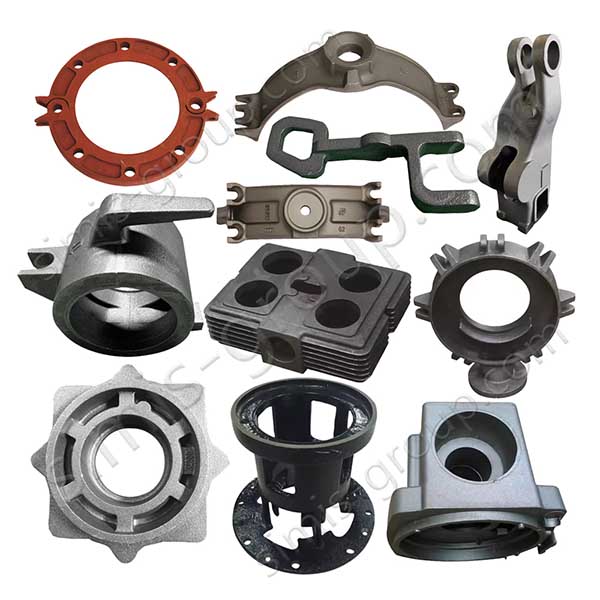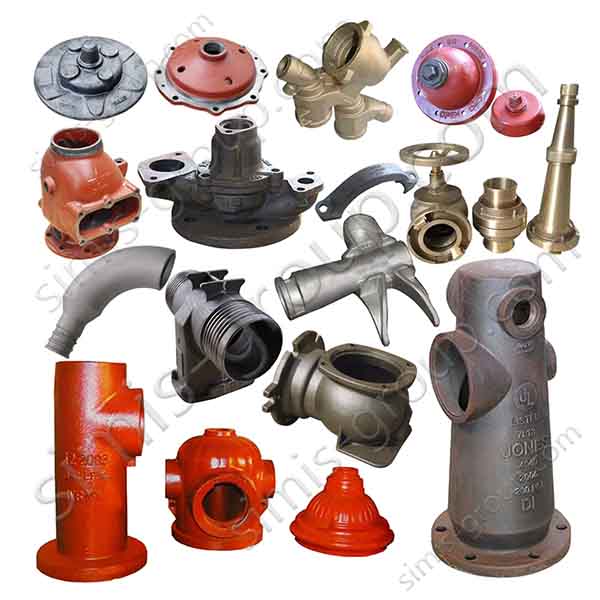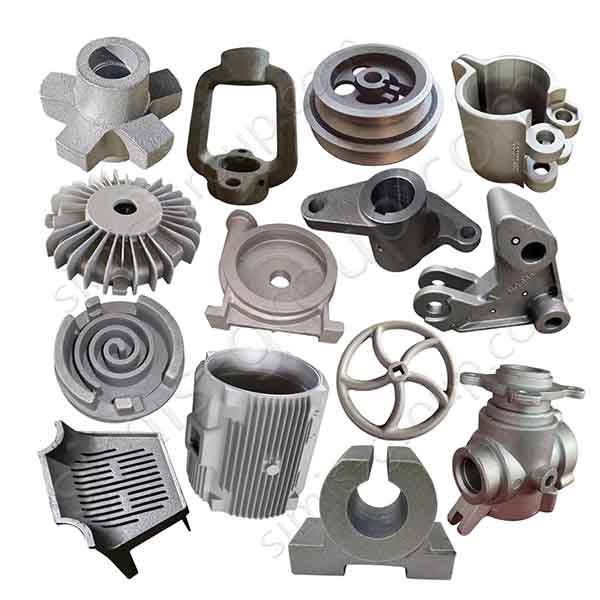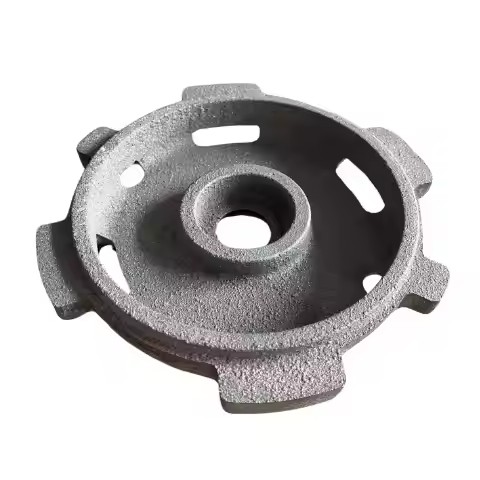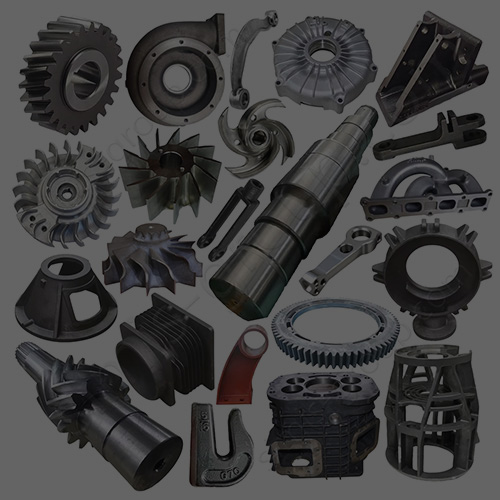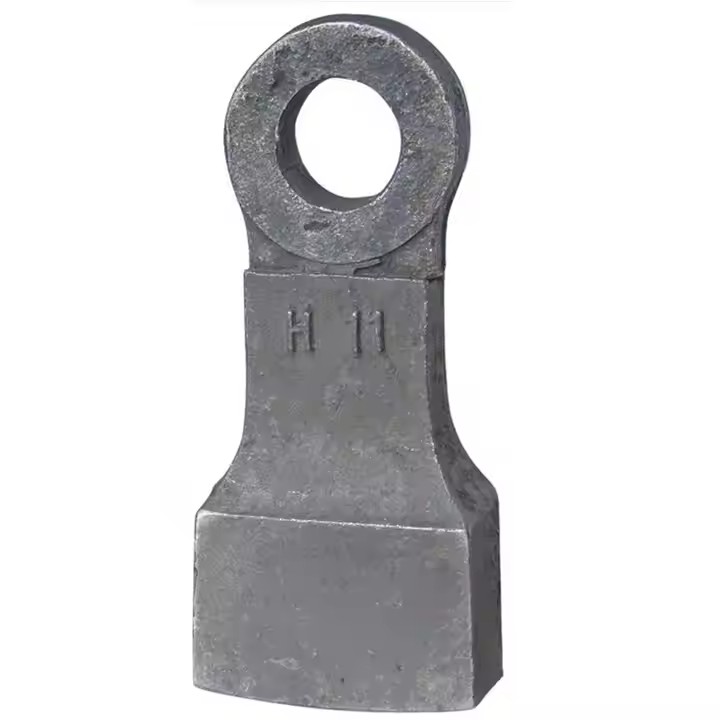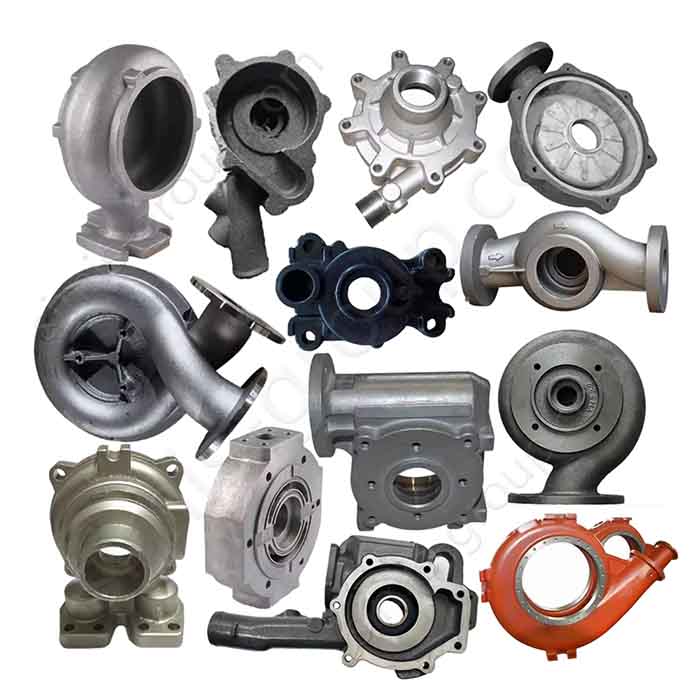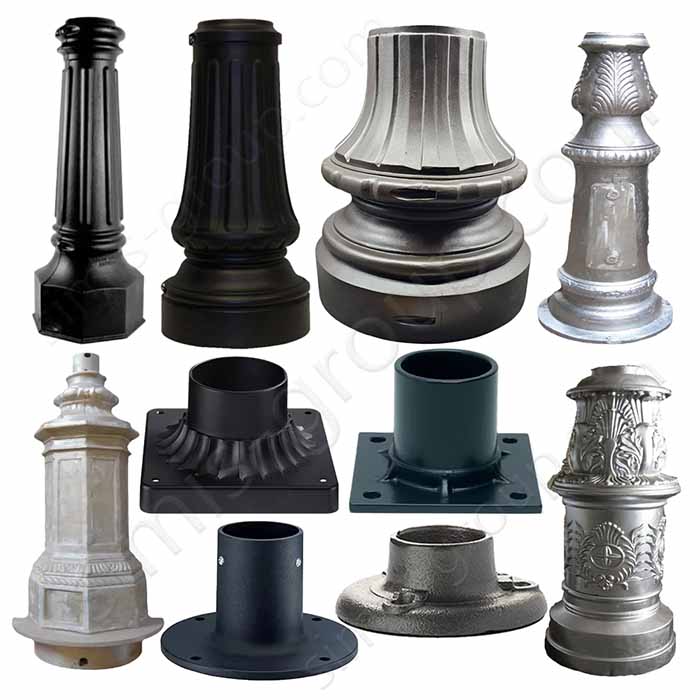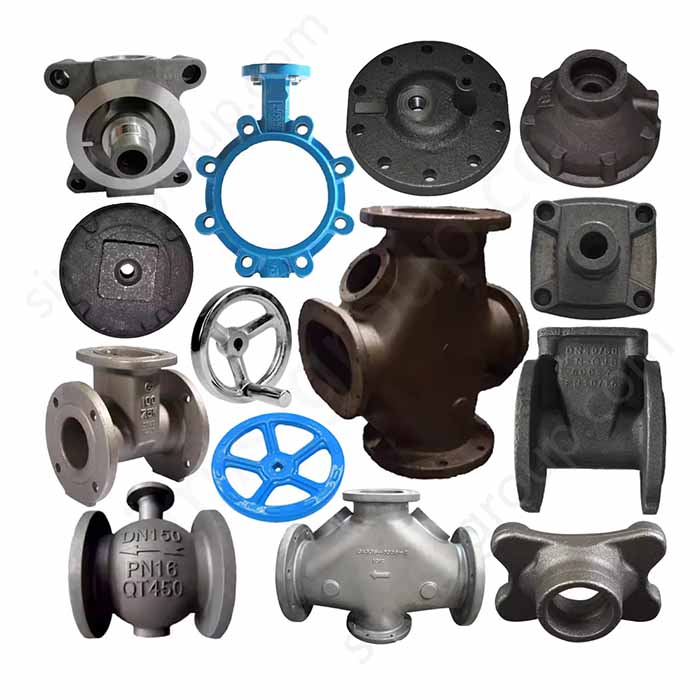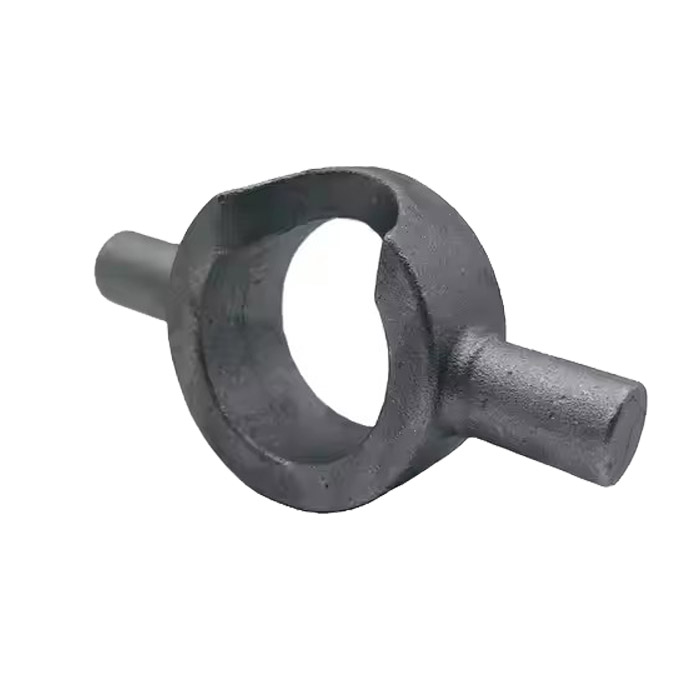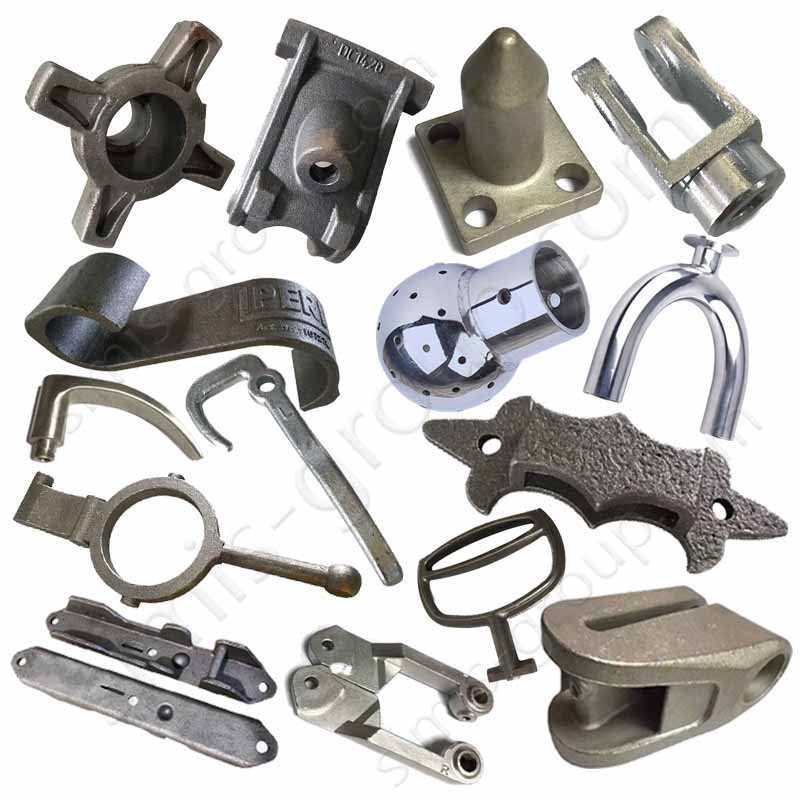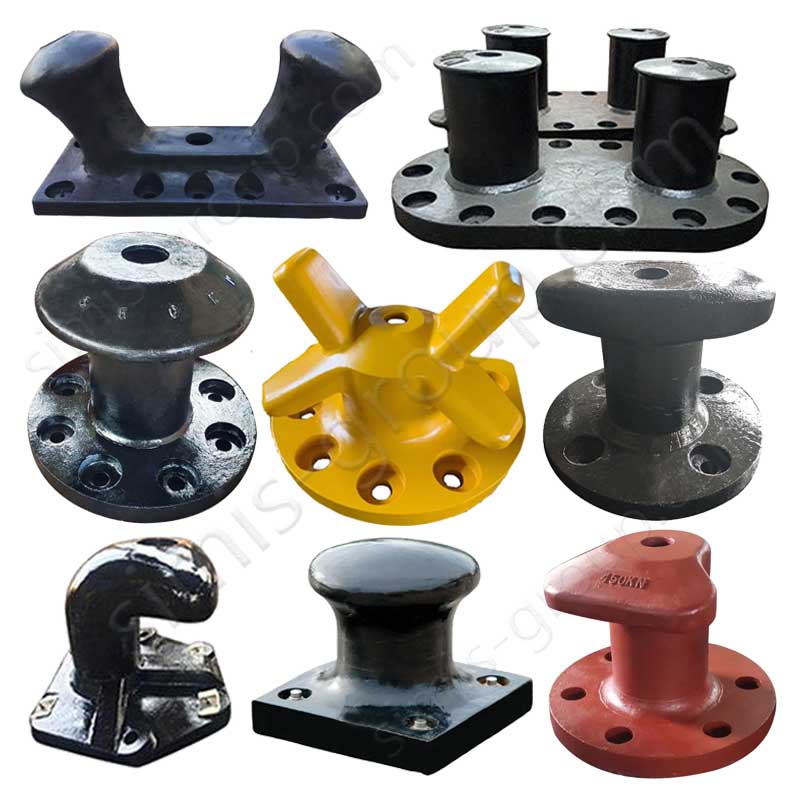Simis Sand Casting Foundry
Simis Sand Casting Foundry Introduction
SIMIS Sand Casting Foundry is a modern enterprise integrating casting process design, pattern manufacturing, sand casting production, heat treatment, and precision machining. The company operates both Static Pressure Molding Lines and Automatic Molding Lines, providing flexible production for different casting sizes and quantities.
Static Pressure Molding Line
Uses high-pressure static compaction for dense, precise sand molds.
Best for medium to large castings and high-precision structural parts.
Supports automated molding, closing, pouring, and shakeout for continuous work.
Automatic Molding Line
Uses air-impulse and squeeze compaction. Offers high molding speed and stable quality.
Good for small to medium castings in large production batches.
Has automated sand feeding, flask handling, pouring, and cooling for high efficiency.
Medium-frequency induction furnaces: 500 kg – 3 tons
Automatic sand mixing and temperature control system
Intelligent pouring control system (checks temperature and flow in real-time)
Sand Castings Weight: 1 kg – 3,000 kg
Maximum Dimensions: 2.5 m × 2.0 m × 1.5 m
Sand Casting Process
Sand Casting Process Overview
Sand casting involves pouring molten metal into a mold made from sand and a binder. The process relies on the sand mold's plasticity and permeability to form the desired part. Sand casting is highly flexible, capable of producing castings with complex shapes and large sizes with a relatively short production cycle.
1. Prepare Sand Mold
The basic raw materials are river, silica, or fine sand. This sand is mixed with binders (like bentonite, resin, or clay) and additives (such as water or oil).
Note: The two common mold types are resin sand casting and clay sand casting. The mixed sand is then packed into a flask (mold box) to form the mold structure.
2. Core Making
The core is used to form the internal spaces or complex cavities of the casting. It is generally created by mixing fine sand and a binder, then compressing and often baking the mixture.
3. Mold Closing and Core Loading
The top and bottom sections of the mold (cope and drag) are assembled to form the complete mold cavity. Before closing, the finished core is secured inside the mold to prevent shifting during pouring, which is critical for maintaining casting quality.
4. Pouring
The required metal is melted at high temperatures. The molten metal is then poured and enters the sand mold through the gate and riser. Gravity forces the metal into the mold cavity, filling the entire space to form the initial shape of the part.
5. Cooling and Solidification
Once the molten metal is in the mold, it begins to cool and turn solid. The time needed for cooling depends on the size, shape, and specific properties of the metal material used.
6. Mold Removal and Casting Cleaning
After the metal has completely solidified, the sand mold is broken away, and the casting is extracted (shakeout). All attached material, including sand particles, risers, gates, and cores, is removed from the casting surface.
7. Inspection and Quality Control
The cleaned castings undergo strict quality checks. This includes dimensional inspection, surface flaw detection, and mechanical property testing to ensure the product meets all customer standards.
8. Post-Processing
Final treatments are applied to optimize the part:
Heat Treatment: Processes like annealing, normalizing, or quenching are used to enhance the part's mechanical properties and eliminate any internal stress.
Machining: Finishing processes like drilling, tapping, or precision machining are performed as needed to achieve the final, strict dimensional requirements.

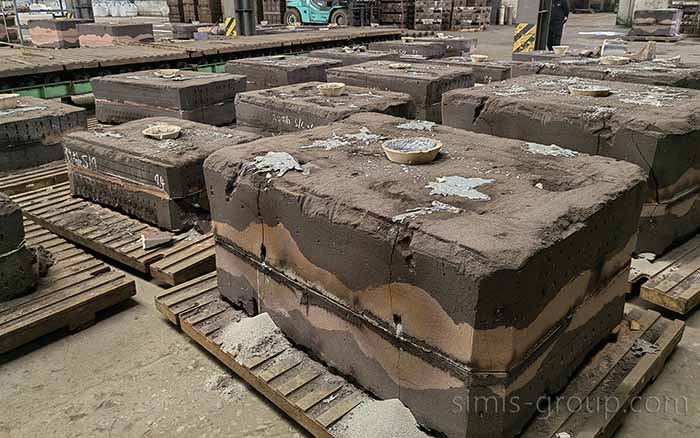
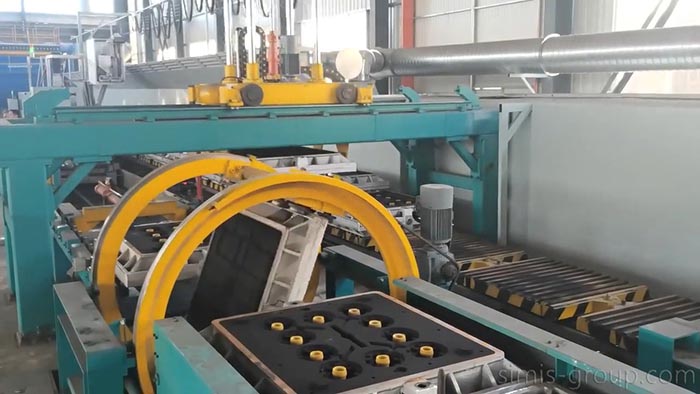

Materials For Sand Casting
What metal parts can be cast in Simis sand casting process?
The Simis Sand Foundry provides custom sand casting solutions in a wide array of ferrous and non-ferrous metals. We tailor parts precisely to customer designs and performance requirements, specializing in components that demand complex shapes, large sizes, or specialized properties.
Gray Iron Sand Casting
It is commonly used for machine tool beds, housings, pump casings, and valve housings. Sand casting allows for the formation of complex cavities in a single step. Post-casting artificial or natural aging can be used to reduce subsequent deformation and ensure dimensional stability during machining.
Gray iron sand casting grades: ASTM A48 Class 30/35/40, EN-GJL-250.
Ductile Iron Sand Casting
Suitable for high-pressure, impact-resistant parts such as hydraulic valve bodies, crankshafts, gear blanks, and pressure pipe fittings. Spheroidizing and inoculation control are combined, and austempering or tempering is performed as necessary to achieve uniform hardness and high fatigue strength.
Ductile iron sand casting grades: ASTM A536 65-45-12, 80-55-06, 100-70-03, EN-GJS-400-15, EN-GJS-700-2.
Carbon Steel Sand Casting
Used for structural parts subject to impact and tension, such as connecting rods, brackets, axle housings, and gearbox housings. Resin-reinforced sand molding ensures dimensional accuracy, while post-cast normalizing or tempering improves microstructure uniformity and toughness.
Carbon steel sand casting grades: ASTM A216 WCB, A352 LCB, A148 80-50, AISI 1020, 1045.
Stainless Steel Sand Casting
For pump bodies, valve bodies, and corrosion-resistant housings in the chemical, food, and marine industries. The process uses water glass or composite sand molding, followed by solution treatment and pickling passivation after casting to ensure corrosion resistance and surface quality.
Stainless steel sand casting grades: ASTM A351 CF8 (304), CF8M (316), CF3M (316L), HK40.
Aluminum Alloy Sand Casting
Suitable for lightweight components such as fan impellers, housings, and brackets. Can be equipped with negative pressure casting to reduce porosity, and post-casting aging treatment to improve dimensional stability and mechanical properties.
Aluminum alloy sand casting grades: ASTM A356.0, 319.0, 535.0, EN AC-42100, AC-46200.
Copper Alloy Sand Casting
Mostly used for wear-resistant bushings, sliders, electrical conductors, and valve parts. Strictly control impurities during smelting, and stress relief annealing after casting to ensure wear resistance and shape stability.
Copper alloy sand casting grades: ASTM B584 C93200, C95400, C95500, DIN CC483K.

